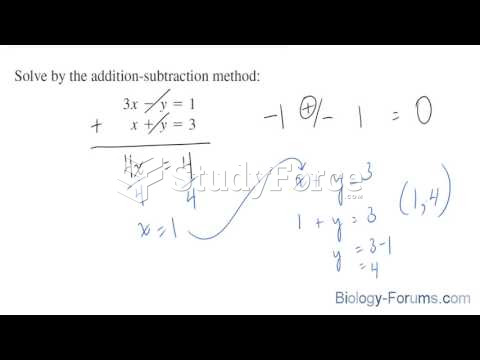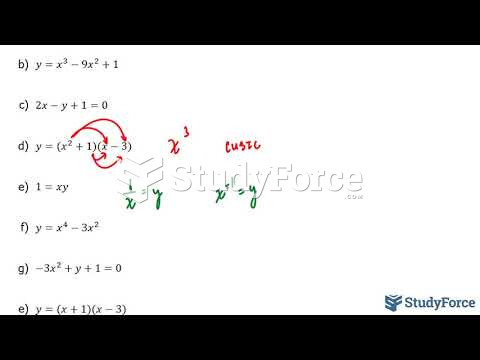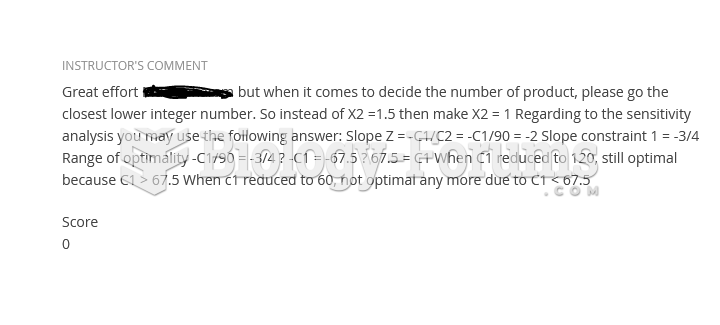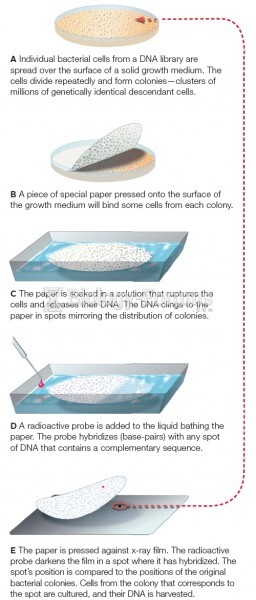Which geometry/hybridization is incorrect?
a. linear/sp
b. trigonal planar/sp2
c. pyramidal/sp3
d. tetrahedral/sp3
e. All are correct.
Question 2
sp2 Hybrid orbitals
a. have 25 s character.
b. are used by O in H2O.
c. give a trigonal planar geometry.
d. are used to describe the bonding in alkynes.
e. none of these
Question 3
Which of the following has an sp2 hybridized carbon?
a. +CH3
b. CH4
c. CH3
d. a and b
e. a, b, and c
Question 4
Which of the following statement(s) is (are) correct?
a. A sigma () bond is predicted to be symmetrical about a line connecting the two nuclei.
b. A pi () bond is the result of overlap of parallel orbitals.
c. A pi bonding MO is both above and below the plane of atoms.
d. An sp3 hybrid orbital has two lobes, but one is much smaller than the other.
e. All statements are correct.
Question 5
Pick the correct statement:
a. The Pauli Exclusion Principle indicates that in order for two electrons to occupy the same orbital, theirspins must be the same.
b. Hund's Rule says that when degenerate orbitals are available, the electrons first occupy them in pairs withopposite spins.
c. Electrons go into the highest energy level orbitals available first, following the Aufbau Principle.
d. A molecular orbital or MO extends around more than one atom and can contain no more than twoelectrons.
e. All statements are correct.
Question 6
Which statement(s) is (are) true regarding molecular orbitals?
a. The number of molecular orbitals is the same as the number of atomic orbitals from which they arederived.
b. Bonding molecular orbitals have nodes.
c. Antibonding molecular orbitals don't have enough energy for bonding.
d. a and c
e. a, b, and c
Question 7
Which group of orbitals is listed in order of decreasing energy (highest to lowest)?
a. 1s, 2s, 2p
b. 1s, 2s, 3s
c. 2p, 3s, 2s
d. 3s, 2p, 1s
e. 2s, 2p, 3s
Question 8
The term degenerate orbital means that
a. the energy of an orbital is less than the next orbital.
b. the energy of an orbital is the same as another.
c. the energy of an orbital doesn't generate enough energy to keep the electron around the nucleus longenough for chemical bonding to occur.
d. the orbital is not a true orbital for electron density.
e. c and d
Question 9
A node of an orbital refers to
a. a region where electron density is high.
b. a region where electron density is zero.
c. a region close to the nucleus where the electron has zero charge.
d. a region far from the nucleus where the electron can be used in chemical bonding.
e. a low energy region useful for orbital overlap.
Question 10
In F2, which orbitals overlap?
a. two sp2 orbitals
b. two 2s orbitals
c. one 2s orbital and one 2p orbital
d. two sp orbitals
e. two 2p orbitals
Question 11
An orbital
a. describes a volume of space for an electron.
b. is a solution to a wave equation.
c. shows the precise orbit of an electron around an atom.
d. a and b
e. a, b, and c
Question 12
Hydrogen bonding can be an example of which interaction(s)?
a. Ion-dipole
b. Dipole-dipole
c. Dipole-induced dipole
d. a, b
e. a, b, and c
Question 13
Given a compound which dissolves in a non polar solvent like pentane, which intermolecular forces are possible that should contribute to the solubility of the compound (in pentane, CH3CH2CH2CH2CH3)?
a. Ion-ion
b. Ion-dipole
c. Dipole-dipole
d. Dipole-induced dipole
e. Instantaneous dipole-induced dipole (London forces)
Question 14
The intermolecular interactions between molecules of CH3CH2OH include
a. Ion-dipole
b. Hydrogen bonding
c. Dipole-dipole
d. b, c
e. a, b, and c
Question 15
Which compound has a degree of unsaturation (DU) of three?
a. C5H9Br
b. C6H6O
c. C7H8Cl2
d. C8H15Cl
e. C9H12
Question 16
Define covalent bonding.







